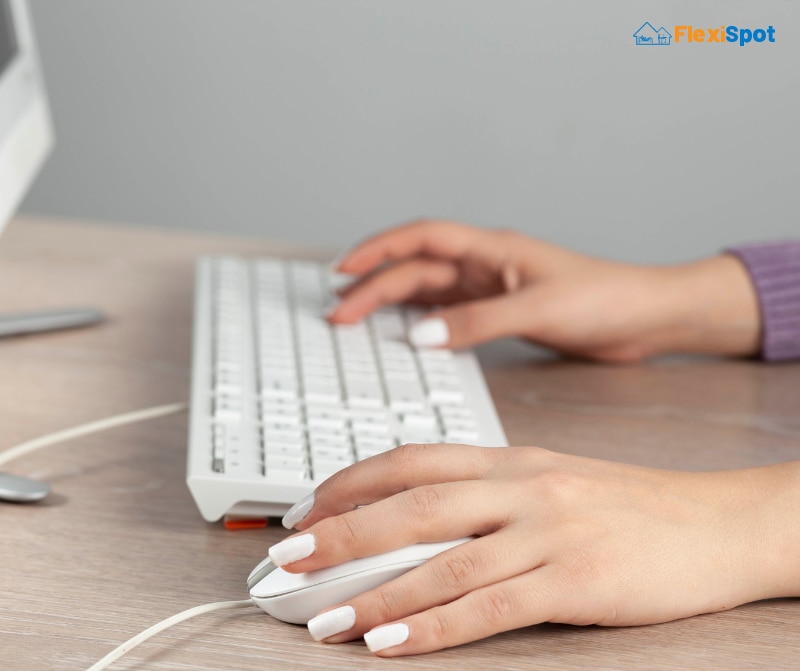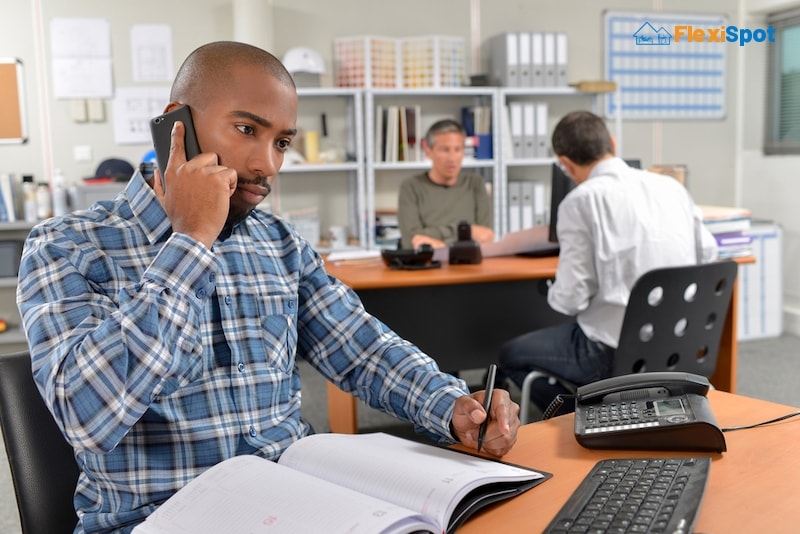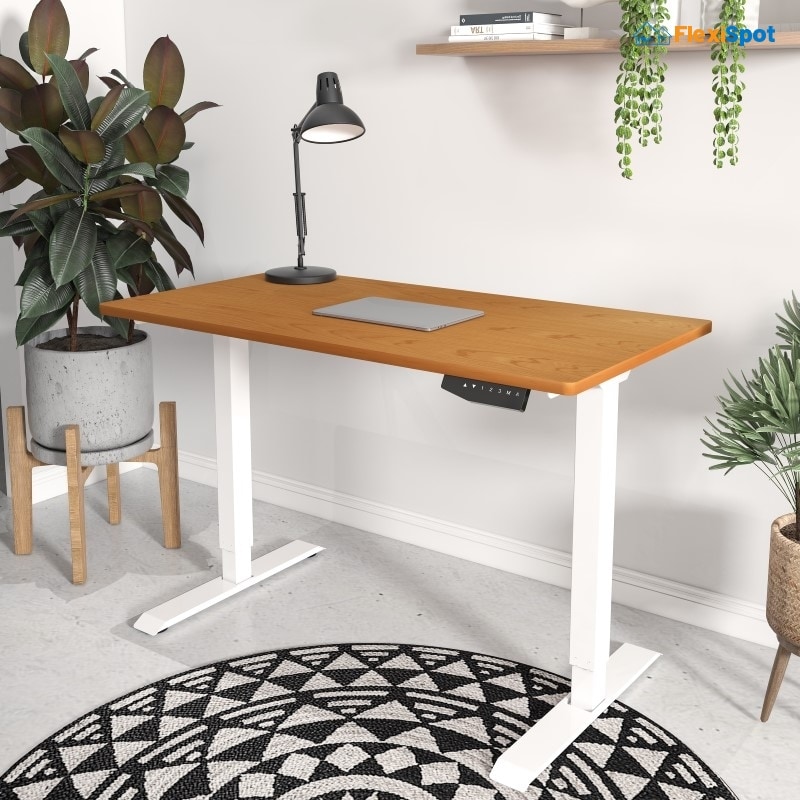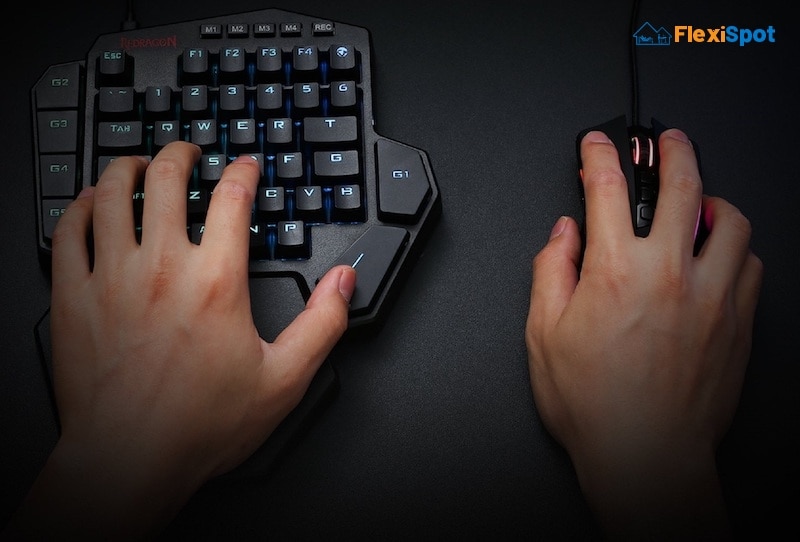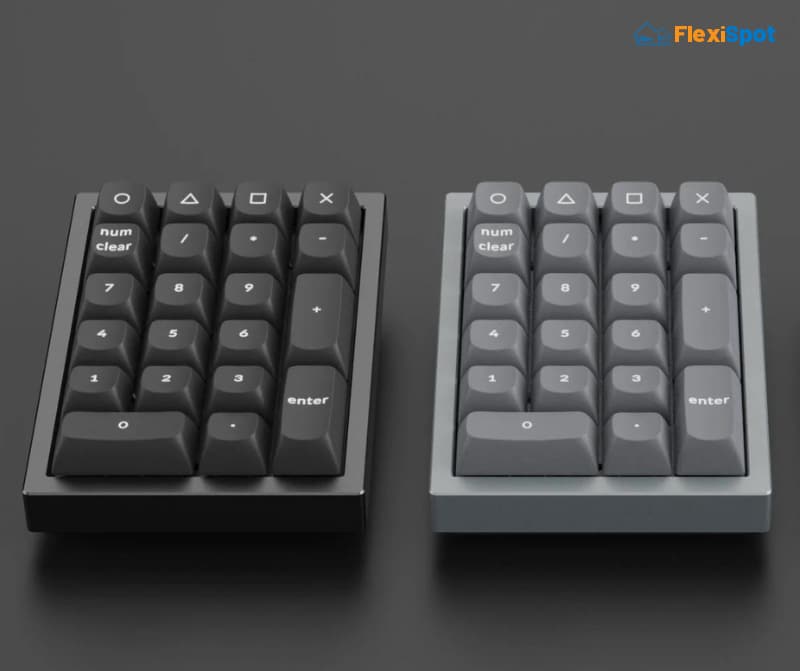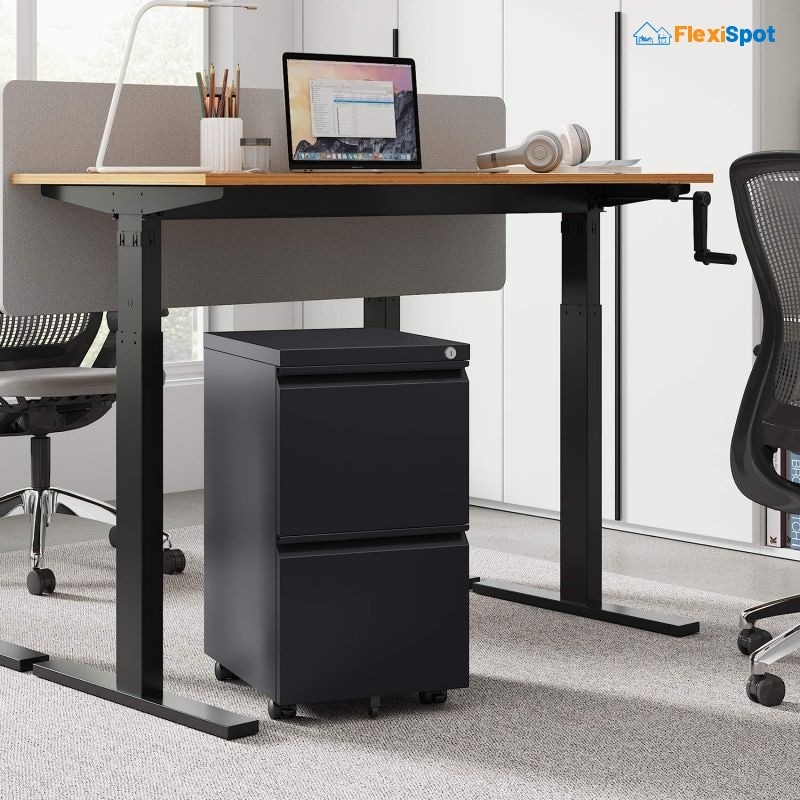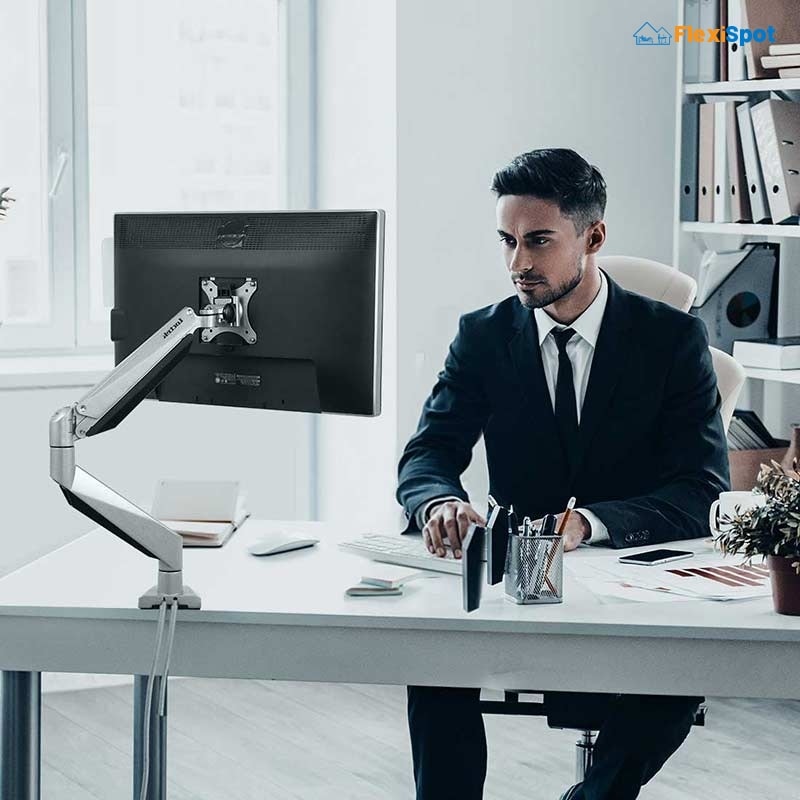Left-handed desks are often offered to those whose dominant arm is left. So, all their accessories and equipment are specifically designed to give easier access and prevent carpal tunnel. For example, a standing desk with adjustability functions and a left-handed mouse can greatly improve ergonomics for lefties.
When working on a left-handed workstation, left-handed users will find it easier and more efficient to grasp files and folders. A fascinating statistic shows that around 10-12% of the world's population is left-handed. So, it is vital for offices to become more inclusive with their designs.
Why Is Ergonomics for Lefties Important?
Workers may be forced to undertake unnatural motions or distort their bodies to complete a job due to poorly designed tools and equipment. When this happens day after day, it generates undue weariness and might lead to damage. Another prevalent cause of occupational injuries is fatigue.
Neck and back discomfort and tension are caused by a workstation layout that encourages improper posture.
Repeatedly executing the same action causes a lot of muscular tension. Repetitive stress injuries, particularly common among industrial ailments, result from this. Ergonomics alone will not prevent this sort of damage (even if you do an action properly, if you do it often enough, the muscles and connective tissue will get worn or overworked). Ergonomics, on the other hand, may greatly minimize tiredness and strain.
Tips and Advice for Setting Up Left-Handed Desks
The world, including your workstation, seems to be designed for right-handed individuals, yet, things are considerably different if you're left-handed. If you've taken the effort to construct ergonomic left-handed computer workstations, you should double-check that the configuration won't make it harder for you to operate.
A few easy tweaks to your left-handed workstation configuration may create a better environment for left-handed individuals. Employers seldom enquire about new workers' hands and typically set up their workstations in a conventional manner, with no left-handed desk configuration or equipment. It is simple, however, to convert this into a left-handed work desk for oneself.
Stationery Placement
Unless you put up your new employment personally, the person who put it up for you most likely did not consider where left-handed individuals would need particular items. Notebooks, document holders, and pen holders are often positioned on the right-hand side of the desk.
This isn't great for you since you'll have to turn around completely to access the whole desk every time you need to use a pen. To make access simpler for a left-handed individual, turn everything on your desk around.
Everything Revolves Around the Mouse
Consider investing in an ergonomic ambidextrous or left-handed mouse to make the work experience more pleasant. You can operate successfully with an ergonomic mouse with no pain, stress, or strain while doing so.
Trackballs may be utilized by both right and left-handed people and help to lessen the incidence of carpal tunnel syndrome or repetitive stress injuries. A touchpad may be used with both hands, depending on where it is on the standing desk. To claim this as an expenditure, identify this as an important left corner desktop item to the employer.
Personalize Your Space
The phone is usually kept in the right corner of the desk on the right side, while the pen caddy is on the left. Lefties should sit on the right side of their standing desk and have their desk light on that side as well. When righties and lefties share the same space, it might be more challenging to stay organized and productive. Ambidextrous shared workspaces are possible in specific situations.
The phone, for example, may be placed in the middle of the desk and addressed with either hand. Decide who is most likely to utilize the area, then arrange it up according to their preferences.
Workstation
If you have a choice in the type of desk you use at work or if you're establishing an office at home, consider purchasing a shaped desk. A left-handed workstation that provides adjustability features can be more ergonomic. Both right-and left-handed variants are offered for these workstations. So that your desk is correctly arranged, you should select a left-handed one.
If your desk has a moveable return, consider placing it on the non-dominant side. When your return stores the desktop files and the phone, the dominant hand may free up space on your desktop for work.
Photo Credit: Redragon via Dot Esports
Computer Keyboards
In this situation, the equipment must be constructed such that left-handed people can use it effortlessly. On a left-handed keyboard, the numerical keypad and function keys are on the left side. With a segmented keyboard or a split keyboard, the wrists and hands may be properly positioned for proper typing posture. The numerical keypad may also be positioned on the left.
Photo Credit: Keychron
Think About Getting a Removable Number Pad
If you can persuade your boss to pay for extra workplace equipment, get an ergonomic keyboard with a removable number pad. To put it another way, you may shift the number pad to the opposite side of the mouse to make it comfortable for left-handed people to operate the mouse, or you can disable the number pad entirely for a more ergonomic posture.
Chair
Aside from the left-handed workstation, the ergonomic chair you pick should support your spine with adequate lumber support. Make sure your feet are level on the floor or on a footrest, and the thighs remain parallel to the ground. Relax the shoulders and adjust your armrests to gently rest your arms against them.
If you are prone to complaining about back, neck, or wrist pains, it may be due to your chair. Getting on that is designed to support your body properly can make it more comfortable to sit for long periods.
Options for Desk Storage
Aside from desk storage, left-handed people confront another problem. Many desks have storage incorporated on the right-hand side to satisfy the demands of most office users. If you're left-handed, you may take advantage of this by selecting a desk without storage and buying a separate piece of adjustable furniture that could be shifted to better match your dominant hand.
Your desktop files may go on either side of the desk, depending on the arrangement and length of the desk. Some people choose to keep their desk organizer or file cabinet on the computer's non-dominant side.
The ideal locations to put your most essential files are file cabinets or file drawers on the side of the dominant hand. If you go into particular folders on the dominant side on a frequent basis, you may save plenty of time and avoid flow disruptions.
Most desks have a drawer on the right side to store things. Get one that doesn’t have a drawer and add an under desk removable drawer on the left side so that your things are more accessible.
Keep an Eye On Things
Place the monitor directly next to you, approximately an arm's length away. Your eyes should be at the same level as the monitor's top edge. If you use a keyboard in front of it, the screen should be in front of it as well. Lowering the monitor by just a couple of inches may be more comfortable for bifocal wearers.
Desk Accouterments
Keep the writing tools and paper pad on the side of your dominant hand. The things in the center may alter depending on what hand you write with. On the same side, you may wish to allow some room for notes.
When you're using a computer, extending the dominant arm a little rather than turning in the chair and writing on the non-dominant side is considerably simpler, faster, and less disruptive to overall productivity.
Placing the phone on the side of the non-dominant hand can improve ergonomics for lefties. You may use your dominant hand to take notes while on the phone, saving yourself the hassle of switching the telephone and its cable across from your dominant side.
In Conclusion
Not catering properly to left-handed people can make it harder for them to stay productive and result in physical pains and aches. They are more prone to carpal tunnel syndrome and repetitive strain injuries since their workstation isn’t designed according to their needs. As a workplace, you have to remain inclusive of everyone’s needs to ensure that they are able to work in a comfortable manner. Hence, ergonomics for lefties needs to be your priority.


